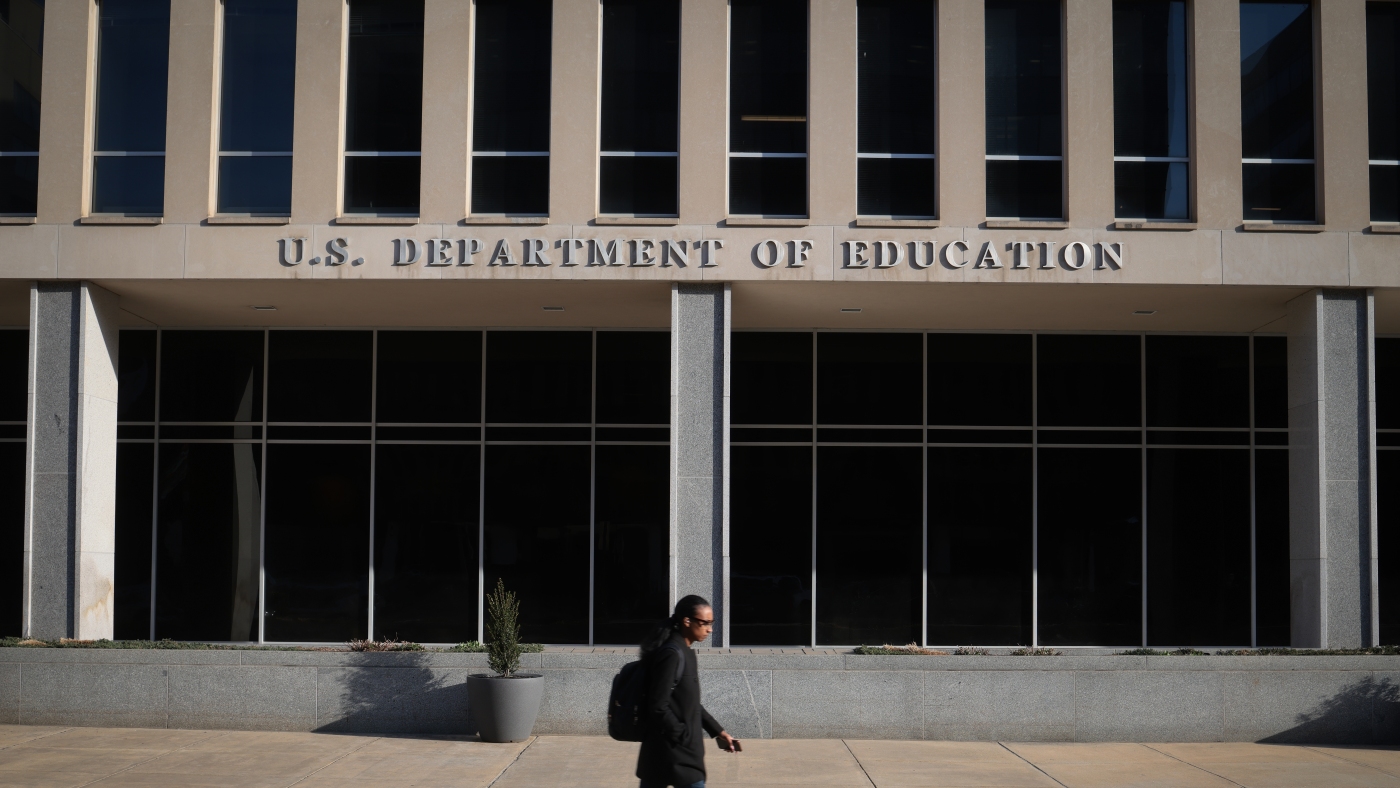Construction industry professionals told Utah lawmakers that requiring small employers to verify the legal immigration status of potential employees would harm the state’s efforts to build thousands more homes.
HB214, authored by Rep. Neil Walter, R-St. George, looked to require thousands more private companies to use E-Verify to confirm the eligibility of potential new hires, ensuring that only legal U.S. citizens can work.
Under Utah law, private companies with at least 150 employees must use the web-based system to confirm potential employees’ eligibility. The system checks a form applicants fill out against federal records.
Initially, the new bill would have lowered the number of employees exempting companies from the requirement to five. That number changed twice – first to 15 by a substitute and then to 50 by amendment – along with updates to push out the effective date to July 2026.
But a committee voted to hold the bill following testimony focused on potential harms – namely, labor shortages, especially in construction, agriculture and hospitality – and a lack of enforcement.
Mike Sowby, a board member with the Associated Builders and Contractors of Utah, said the bill would “cut the legs out from underneath” construction businesses that form the backbone of Utah’s economy.
For more than a decade, the state required E-Verify for employers with at least 15 employees. Public employers and public contractors must verify the status of all new employees.
When lawmakers loosened requirements for private companies to 150 employees in 2022, Sowby said, it “substantially” opened up the labor pool by lessening the fear of potential workers.
Construction firms can staff at better levels now than before 2022, he said, but the industry still has a “significant workforce shortage.”
Lawmakers in a different committee recently heard similar concerns from Steve Waldrip, who serves as chief housing adviser for Gov. Spencer Cox.
In January, he told an appropriations subcommittee that President Donald Trump’s administration’s push for mass deportations could cause a “pinch” in the labor market.
“I just saw a report this morning that maybe about 10% of our unskilled construction labor, and even skilled construction labor, is undocumented, so there’s definitely going to be an impact there,” Waldrip said.
A study from last October found deporting workers without documentation of legal status leads to increased home prices. The paper was authored by Troup Howard of the University of Utah, Mengqi Wang of Amherst College and Dayin Zhang of the University of Wisconsin-Madison.
The researchers looked at changes in residential construction as Secure Communities, a program that used enhanced information sharing between local law enforcement and federal immigration databases, was implemented in stages across the country from 2008 to 2013.
The program resulted in U.S. Immigration and Customs Enforcement officials deportating more than 300,000 undocumented immigrants after law enforcement ran fingerprints of people in custody through immigration databases.
As Secure Communities rolled out, counties experienced “large and persistent reductions in construction workforce, residential homebuilding, and increases in home prices,” researchers found.
They also found that as undocumented construction workers were deported, US-born workers also lost jobs, especially in higher-skilled occupations.
Undocumented immigrants are more likely to hold lower-skilled jobs, they write, and a shortage of workers in those jobs might make it more difficult to find workers to finish framing a house, leading to reduced demand for electricians and plumbers required in later stages of construction.
In that way, researchers write, “undocumented labor supply acts as a complement to domestic labor rather than being a substitute.”
Joe McCallister, an attorney for Hughes General Contractors, said the company complies with E-Verify and shared lawmakers’ frustrations with the immigration system.
But they also need more than 420 employees to show up to a job site for work, he said.
“We need employees and E-Verify is not …. going to solve this problem, and it’s certainly going to make our situation worse,” McCallister said.
Broader requirements don’t lead to higher compliance, he said, pointing to states that have made it mandatory for all private employers but don’t see higher participation rates.
Taz Biesinger, executive director of the Utah Home Builders Association, said passing another law “just makes it more difficult for companies trying to comply with all the laws.”
Companies that aren’t complying now would just ignore the change, he said, and the state needs to enforce the laws on the books instead.
Provo Republican Rep. Norman Thurston joked it pained him to agree with Biesinger.
The bill would set up a structure where the state can’t change the behavior of bad actors, he said.
Rep. James Dunnigan, R-Taylorsville, echoed Thurston’s concerns that the bill would only affect good actors and wouldn’t solve the problem. He also cited Waldrip’s comments about the workforce.
“We’re making such an effort to try to help with affordable housing, and we need workers,” Dunnigan said.
Rep. Hoang Nguyen, D-Salt Lake City, worried about the effect on the economy as a whole. Lowering the requirement to 15 employees would mean about 20,000 more businesses needing to use E-Verify, she said, and the state is already facing a “deep labor shortage.”
Other representatives advocated for pushing the number back down to require businesses to follow federal law in hiring, and Walter said the bill would be an “incremental step in the right direction” as the federal government fails to come up with a solution for illegal immigration.
The bill remains on hold with only days left until the end of the 2025 legislative session.
Megan Banta is The Salt Lake Tribune’s data enterprise reporter, a philanthropically supported position. The Tribune retains control over all editorial decisions.







































